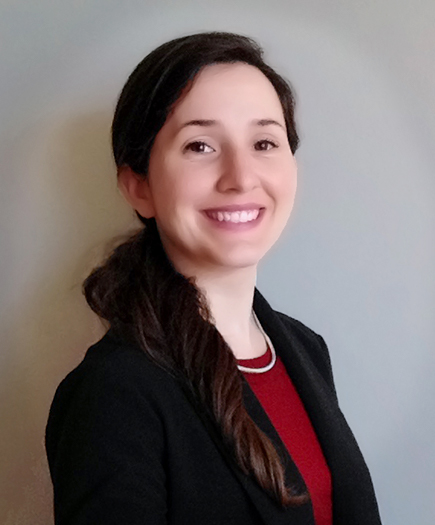From the Lab to the World: Bringing Cancer Diagnostic Products to International Markets

Katie Bush
International Regulatory Affairs Specialist, NanoString Technologies, Inc.
When Katie Bush was working as a microbiologist, she became curious about what happened to a product once it left her hands, so she started exploring career options beyond the lab. This led her to the UW Master of Science in Biomedical Regulatory Affairs.
“I saw the BRAMS program as a way to break into the regulatory affairs field,” said Katie. “I got a job at NanoString before I graduated. With just the lab background that I had, I really think that the program gave me a jumpstart.”
Here, we talk with the 2016 graduate about her job and how the BRAMS degree helped her get where she is today.
Can you tell us a bit about your job?
I work for NanoString Technologies, which is a diagnostic company working in the oncology space here in Seattle. I'm an international regulatory affairs specialist, and my focus is on providing regulatory support to bring our products to market in international territories.
What are some interesting projects you’ve been involved in?
NanoString has grown very fast, and I've had the opportunity to be involved in multiple regulatory roles on a diverse set of projects. It’s been a privilege to work with all the different groups at NanoString. I’ve learned a lot about how regulatory touches each part of a project. This aspect was often discussed in the BRAMS program, so it’s been nice to have an active part in the process at NanoString.
Have you been able to use what you learned in your job?
Yes, I have. There are several presentations that were given during class that I have hung on to and refer to periodically. A lot of what I learned is foundational. Courses touch on all sorts of products and different types of industries, including an emphasis on the FDA, of course.
Did you make helpful connections during your time in the program?
My supervisor is a guest lecturer for one of the classes, and I scheduled an informational interview with her early on in the program to see if I could get an internship with NanoString. At the time, she didn't have any space for me, so I had to move on. But we kept in touch, and when the job came up, I contacted her and applied.
What did you do for your practicum?
Since I had no direct regulatory experience, the practicum was an important way for me to gain hands-on experience. I completed my practicum with the diagnostics group at PATH, working on a diagnostic to detect an enzyme deficiency in patients that can create serious medical problems when combined with anti-malarial drugs. It set me up for my current job, where I am also working in diagnostics. PATH also does a lot of international work so that was also helpful for me in my current role as an international regulatory specialist.
What was your favorite thing about the program?
I really enjoyed my classmates and the experience of going through the program together. We still keep in touch, even though we're all at different companies and in different states. It’s nice to have a built-in network to rely on for input or advice, if needed. We all have valuable regulatory expertise in various areas now that we are working on different products and in varying regulatory roles.